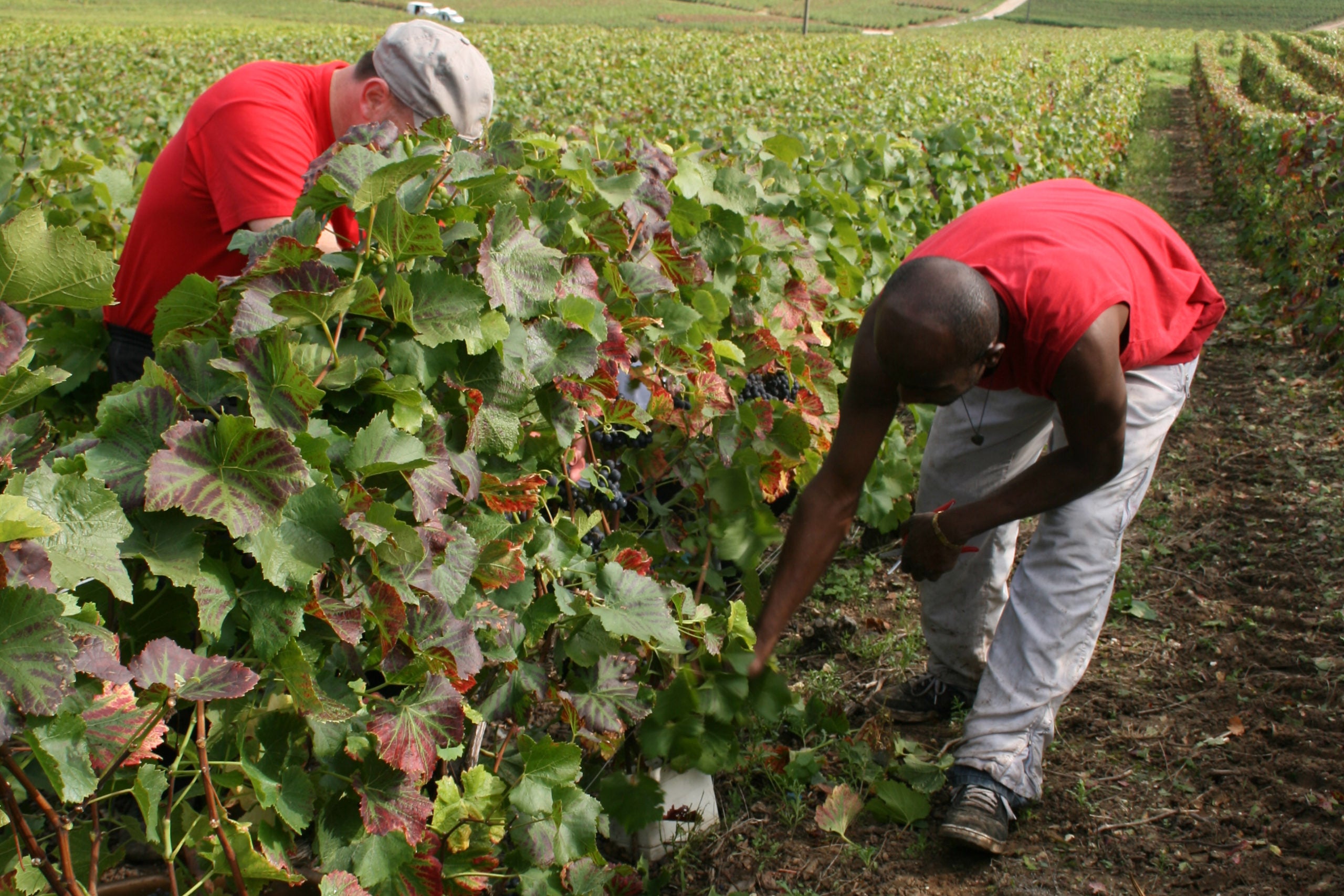| Champagne producers agreed to set the maximum yield for the 2019 harvest at 10,200 kilos per hectare, 600kgs/ha down on the base level set for 2018, to produce around 300 million bottles. The CIVC Comité that represents the two sides of the champagne business – the growers and the merchant houses (négociants) – see this as the appropriate level to provide a suitable supply of champagne to meet future predicted demand. They are not expecting sales of fizz to change much in 2018, a view which some might view as optimistic in the present economic climate.
When they set the yield each July, with the harvest typically six to eight weeks away, the Comité considers various factors. Actual sales in the year to date, obviously; but also expected demand in the important last quarter when most champagne is purchased. The potential for the harvest in terms of quality, health and size, plus the level of stocks and reserves currently held by producers.
The decision is always a compromise, a balance between the views of the growers – who own close to 90% of champagne’s 33,868 hectares of productive vineyard – and the négociants who sell most of the wine (over 85% of champagne’s exports).
The natural tendency is for the growers, who are paid by the kilo for their grapes in the 12 months immediately after the harvest, to want higher yields than the négociants who are more cautious about keeping supply and demand more closely aligned – they know surpluses depress selling prices. But the houses, very few of whom are even 50% self-sufficient in grapes, need to be able to buy in enough to satisfy demand for their brands.
Worldwide demand for champagne is currently flat with shipments down 1.5% to the end of May 2019, while the year-end figure is predicted to be around the 300 million bottle mark, close to the 301.8m bottles shipped in 2018. However, with the large French domestic market still depressed, and major issues unresolved in the two first export markets – Brexit in the UK and potential sanctions against French wine in the USA – accurately predicting annual sales, with a disproportionately large percentage of champagne still sold in the run-up to the year end, has never been more difficult.
One thing there won’t be, in the next couple of years at least, is a shortage of champagne. Stocks are relatively high and after the bumper and high quality 2018 harvest the reserve is close to the maximum level of 8,000kgs/ha, equivalent to around another 230 million bottles. This reserve could be used – as it’s designed to be – to supplement any future grape shortage or lack of quality material. It’s one of Brand Champagne’s great strengths. | ||
| AUTHOR Award winning writer Giles Fallowfield is an acknowledged expert on the wines of Champagne, and has gleaned his deep knowledge of the region from regular visits there over the past 30 years. |
FACT FILE ChampagneGeography: Champagne has a cool continental climate, spring frosts are common. Chalk soil (Kimmeridgian clay) provides good drainage throughout the region. Grape varieties: Chardonnay, Pinot Noir, Pinot Meunier Viticulture: The Comité Champagne (CIVC) sets the yield each year and fixes the harvest dates per grape variety village by village each year. Winemaking: Wines made by traditional method (méthode traditionnelle): secondary fermentation in bottle, yeast autolysis, riddling, disgorgement, corking. Subregions: Vallée de la Marne, Montagne de Reims, Côte des Blancs, Côte de Sézanne, Côte des Bar Style of wines : Non-Vintage, Vintage, Rosé, Blanc de Blancs, Blanc de Noirs, Prestige Cuvée, Demi-sec |
Champagne: A Question of Yield




